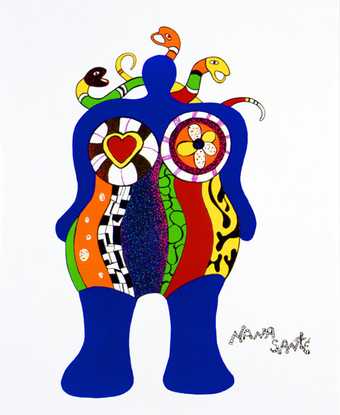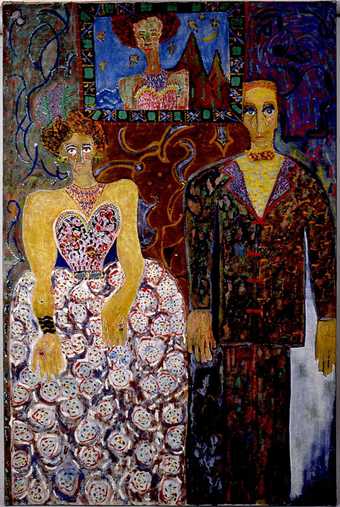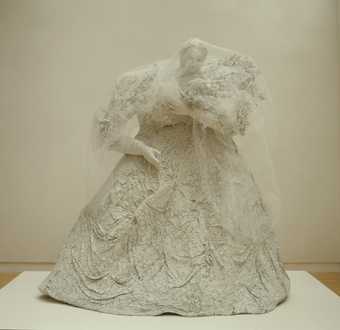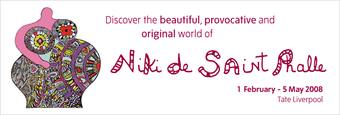I first knew Niki when I was a young girl at school. I remember that she was pretty wild, while I was much quieter. She was always plotting something with her friend Noel; they found imaginative games to play. The French teacher really liked Niki and took her under her wing because she was so bright.
Years later I saw her again when she came to the door with Jean Tinguely, who brought along a little balloon in an envelope for Marcel [Duchamp] and me. He had blown it up, written a message with a marker pen and then deflated it. Jean had introduced himself to Marcel after seeing him sitting in a café outside Brancusi’s studio. He had only recently got together with Niki and thought it would be good for her to visit, as she left her children Philip and Laura with Harry [Mathews] most of the week. I also had small children at the time, so they all would get together, mainly at the weekends.
Niki and Jean lived in the village of Soisy-sur-École, to the north of the forest near Fontainebleau, where she produced her Nanas, as well as the many larger sculptures. Much of her work was based on what she saw around her and the people she knew. From about 1969 she also worked with Jean on The Cyclops, the 75ft head that was built with friends in the nearby woods. It was made of all sorts of materials – each part by different artists. Niki covered the large one-eyed face with mosaic glass, while others, including Jesús-Rafael Soto, Arman, Jean-Pierre Raynaud, Eva Aeppli and Larry Rivers, produced pieces for inside the head. On the top they made a flat pool where the water reflected the blue sky, their homage to Tinguely’s friend Yves Klein.

Niki de Saint Phalle
Nana Sante 1999
614 x 492 mm
Donation de l’artiste. Collection Mamac, Nice
Jean was full of energy – he thought of himself as a kind anarchist, brimming with leftist ideas – and Niki absorbed that, though she had a restless energy anyway. She couldn’t take care of the children, because she just couldn’t sit still for one minute; she had to be working or solving the problem of what to do next. Her energy was also about being curious about other people. She was hell-bent on making a stir with her art. She had things to get out of her system, and once was not enough; she had to say them over and over again. She was constantly planning ahead with her work. When she didn’t have any large-scale projects she would make smaller pieces, such as the little half horse/half giraffe sculpture that she gave to me.
I last saw Niki in the hospital when she lived in California. She had decided to be free to get on with her work. California was a new world for her, but she was very happy in her wilful way. Her restless energy carried on until the end.



